One approach consists in thresholding the input image with cv::inRange():
cv::Mat image = cv::imread(argv[1]);
if (image.empty())
{
std::cout << "!!! Failed imread()" << std::endl;
return -1;
}
cv::Mat red_image;
cv::inRange(image, cv::Scalar(40, 0, 180), cv::Scalar(135, 110, 255), red_image);
//cv::imwrite("out1.png", red_image);
Outputs:

We can use cv::findContours to retrieve the contours of the thresholded image to be able to create bounding boxes for them, which is a technique described here:
std::vector<std::vector<cv::Point> > contours;
std::vector<cv::Vec4i> hierarchy;
cv::findContours( red_image,
contours,
hierarchy,
CV_RETR_TREE,
CV_CHAIN_APPROX_SIMPLE,
cv::Point(0, 0) );
std::vector<std::vector<cv::Point> > contours_poly( contours.size() );
std::vector<cv::Rect> boundRect( contours.size() );
for( int i = 0; i < contours.size(); i++ )
{
cv::approxPolyDP( cv::Mat(contours[i]), contours_poly[i], 3, true );
boundRect[i] = cv::boundingRect( cv::Mat(contours_poly[i]) );
}
// Debug purposes: draw bonding rects
//cv::Mat tmp = cv::Mat::zeros( red_image.size(), CV_8UC3 );
//for( int i = 0; i< contours.size(); i++ )
// rectangle( tmp, boundRect[i].tl(), boundRect[i].br(), cv::Scalar(0, 255, 0), 2, 8, 0 );
//cv::imwrite("out2.png", tmp);
Output:

All the rectangles displayed in the image above are stored as cv::Rect object inside the boundRect vector. Each rectangle is made of 2 opposite cv::Point objects, so we iterate on this vector to create a new vector made up of cv::Point objects only:
// Two opposite cv::Point can be used to draw a rectangle.
// Iterate on the cv::Rect vector and retrieve all cv::Point
// and store them in a cv::Point vector.
std::vector<cv::Point> rect_points;
for( int i = 0; i < contours.size(); i++ )
{
rect_points.push_back(boundRect[i].tl());
rect_points.push_back(boundRect[i].br());
}
//cv::Mat drawing = cv::Mat::zeros( red_image.size(), CV_8UC3 );
cv::Mat drawing = image.clone();
The logic to find the white squares is: assume that 2 pixels within 25x25 distance of each other define a white square:
// Draw a rectangle when 2 points are less than 25x25 pixels of
// distance from each other
for( int i = 0; i < rect_points.size(); i++ )
{
for( int j = 0; j < rect_points.size(); j++ )
{
if (i == j)
continue;
int x_distance = (rect_points[i].x - rect_points[j].x);
if (x_distance < 0)
x_distance *= -1;
int y_distance = (rect_points[i].y - rect_points[j].y);
if (y_distance < 0)
y_distance *= -1;
if ( (x_distance < 25) && (y_distance < 25) )
{
std::cout << "Drawing rectangle " << i << " from "
<< rect_points[i] << " to " << rect_points[j]
<< " distance: " << x_distance << "x" << y_distance << std::endl;
cv::rectangle( drawing,
rect_points[i],
rect_points[j],
cv::Scalar(255, 50, 0),
2 );
break;
}
}
}
//cv::imwrite("out3.png", drawing);
cv::imshow("white rectangles", drawing);
cv::waitKey();
Output:

This algorithm is pretty raw and misses the 2 white squares at the bottom because there are no red walls below them, only above them.
So I leave it up to you to improve this approach :)
Good luck.




